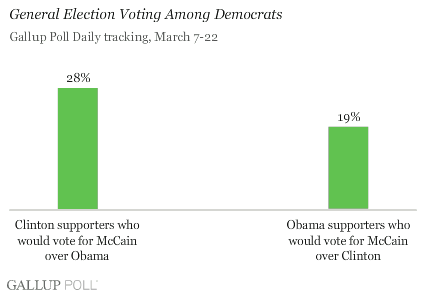From The Guardian:
Salman Rushdie’s sumptuous mixture of history and fable in The Enchantress of Florence is magnificent, says Ursula K Le Guin.
From the sea of stories our master fisherman has brought up two gleaming, intertwining prizes – a tale about three boys from Florence in the age of Lorenzo de’ Medici, and a story of Akbar, greatest of the Mughal emperors, who established both the wondrous and shortlived city Fatehpur Sikri and a wondrous and shortlived policy of religious tolerance. Both stories are about story itself, the power of history and fable, and why it is that we can seldom be sure which is which.
This brilliant, fascinating, generous novel swarms with gorgeous young women both historical and imagined, beautiful queens and irresistible enchantresses, along with some whores and a few quarrelsome old wives – all stock figures, females perceived solely in relation to the male. Women are never treated unkindly by the author, but they have no autonomous being. The Enchantress herself, who turns everyone into puppets of her will, has no personality at all, and exists – literally – by pleasing men. Akbar calls her a “woman who had forged her own life, beyond convention, by the force of her will alone, a woman like a king”. But in fact she does nothing but sell herself to the highest bidder, and her power is an illusion permitted by him.
More here.














